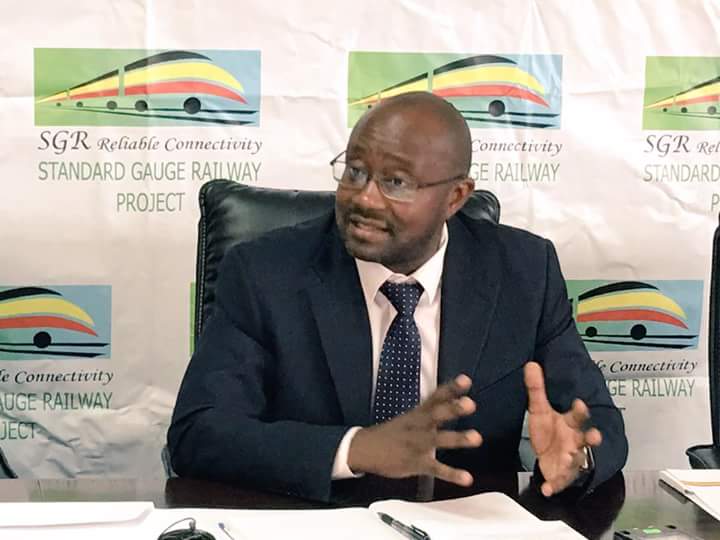As Uganda makes progress towards Middle-Income status, modern means of transport to move passengers and cargo at fast speed are priority. This is why Uganda’s Standard Gauge Railway (SGR) is a move in the right direction.The multi-billion project is now in the final stages of commencement.
The Project Head, Kasingye Kyamugambi, said Uganda will start off construction after funds are availed and after an agreement on the completion date with Exim Bank China.
As negotiations are still on going between Uganda government and China, SGR officials have been under immense pressure to respond to a barrage of criticism from the public terming the project a “white elephant” which will never take off.

The concerns were raised after neighbouring Kenya commissioned the diesel trains, which to many are way too inferior for the modern age that Uganda’s vision is headed to.
Electric is better, modern and environmentally friendly
Kyamugambi has expounded on why Uganda opted for an electric train instead of diesel.
He explained that as a joint team of Uganda and Kenya technocrats undertook a study to China and India on this matter in which choices of the best train system were decided where Uganda opted for the Electric Standard Gauge Railway over diesel.
He highlighted that energy consumption during operations is about 8.82Kwh per 1000 Gross ton Kilometer (GTKM) and 2.5L per 1000 GTKM for electric and diesel traction respectively. Based on the current cost of diesel and electricity in Uganda, it is cheaper to operate an electric locomotive.
“Currently, China manufactures 6,000KW, and 7,200KW electric locomotives on 25 tonne axle load. A single electric locomotive will haul 4,000 tonnes compared to two diesel locomotives rated at 3,750KW required for the same load.” Kyamugambi reitarated
That the cost of maintenance of diesel locomotive is 30-40% higher than the cost of maintenance of electric locomotives, even makes Uganda’s choice better.
“The electric traction system is eco-friendly in terms of carbon emissions, noise pollution, suitable as mitigation measures for climate change”.
“Importantly, China and India, with about 75% of the global railway network are systematically upgrading from diesel traction to electric traction. In order to access affordable spare parts, technology and skills, it is important to follow the global trends,” Kyamugambi said.
He concluded that Kenya’s construction is reserved for upgrading to electric traction which means that in future they will operate electric traction system.
“Electrification has higher investment costs (approx. USD0.55m/route-km) but lower operation and maintenance costs.” Kyamugambi closed it off.
Uganda is currently pushing for the SGR project to help in the transportation of the large volumes of cargo from Kenya’s Mombasa port where most of the country’s imports come through. The railway will also help reduce on the costs per container which are currently pegged at over 2,000 dollars for transportation on the road into the country.



